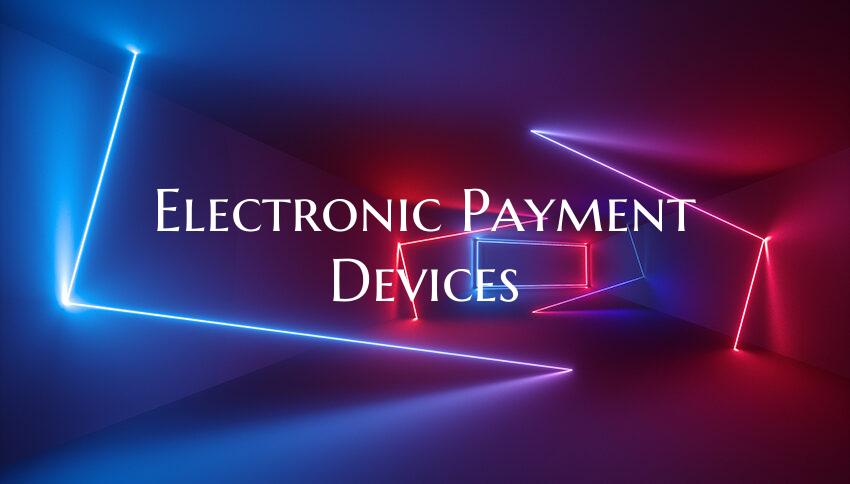Electronic Payment Devices
Introduction: In an increasingly digital world, electronic payment devices have become an integral part of everyday transactions. These devices have revolutionized the way we handle our finances, offering convenience, security, and efficiency. In this article, we will delve into the various types of electronic payment devices, how they work, and their implications for businesses and consumers.
Types of Electronic Payment Devices: 1. Credit and Debit Cards: Perhaps the most common electronic payment devices, credit and debit cards allow users to make purchases by simply swiping or inserting their card at the point of sale terminal. These cards are linked to a bank account and can be used both online and offline.
2. Mobile Wallets: Mobile wallets are smartphone applications that store payment information, allowing users to make contactless payments. Popular mobile wallet services include Apple Pay, Google Pay, and Samsung Pay, which enable users to make transactions using Near Field Communication (NFC) technology.
3. Point of Sale (POS) Terminals: POS terminals are devices used by merchants to accept electronic payments. These devices can process credit and debit card transactions, as well as mobile wallet payments. Additionally, POS terminals may support other payment methods like QR codes and contactless cards.
4. Wearable Payment Devices: Wearable payment devices, such as smartwatches and fitness trackers, enable users to make payments without needing to carry a physical card or smartphone. These devices are equipped with the necessary technology to securely process transactions.
How Electronic Payment Devices Work: Electronic payment devices operate by securely transferring payment information between the user, the merchant, and the financial institution. When a transaction is initiated, the device encrypts the payment data and sends it to the relevant parties for authorization. Once the transaction is approved, the payment is processed, and the necessary funds are transferred.
Implications for Businesses and Consumers: For businesses, electronic payment devices offer improved efficiency, reduced cash handling costs, and increased customer satisfaction. By accepting electronic payments, businesses can cater to a broader customer base and streamline their payment processes.
For consumers, electronic payment devices provide convenience, security, and flexibility. Whether shopping online or in-store, electronic payment options offer quick and seamless transactions. Additionally, these devices often come with built-in security features, such as tokenization and biometric authentication, to protect users' financial information.
Conclusion: Electronic payment devices have transformed the way we handle financial transactions, offering a range of benefits for businesses and consumers alike. As technology continues to evolve, we can expect electronic payment devices to become even more prevalent and sophisticated, further enhancing the efficiency and security of our payment systems.

